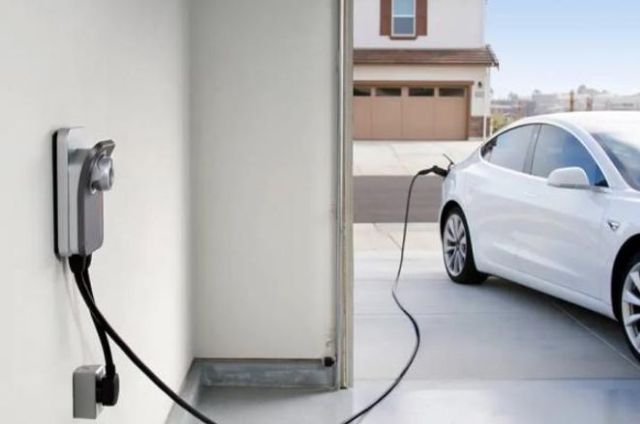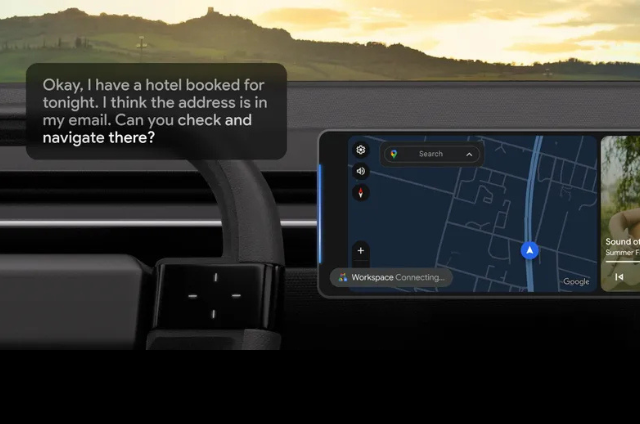A Surprise in the Garage
You just bought your dream new build — complete with a shiny NEMA 14-50R outlet in the garage for Level 2 charging. Perfect, right? Not so fast. Many new homeowners don’t realize their “EV-ready” setup can come with hidden headaches — especially if it’s wired with aluminum.
The Good News First
Your outlet is a quality Pass & Seymour brand. You have plenty of power with 200-amp service. The dedicated 50-amp circuit means no competing loads. So far, so good.
The Wiring Snag
Here’s the snag: the outlet runs on 4 AWG aluminum wire, rated around 55 amps. Many electricians won’t hardwire a charger directly to aluminum — most EV chargers want copper at the terminal. Plus, your 50-amp GFCI breaker is code-required for the outlet, but it may cause nuisance tripping when charging overnight.
Three Realistic Paths
Option 1: Plug in a Level 2 charger and hope the GFCI doesn’t trip. Some owners never have an issue. If it does trip, you’ll need an electrician to swap the breaker or troubleshoot.
Option 2: Find a hardwired EVSE that’s aluminum-compatible — like the Flo Home Series — and change the outlet to a direct connection. This skips the GFCI breaker entirely. But it may cost more up front.
Option 3: Add a subpanel or transition point to switch from aluminum to copper. Use a disconnect box and approved connectors. Then hardwire any charger you like. This solves your aluminum problem for good.
Pro Tip: Don’t Overthink It
If you’re not driving 200+ miles daily, a 40-amp charger will likely meet your needs — no fancy upgrade needed.
Final Takeaway
New builds often come “EV ready” — but the details matter. Know your wire, breaker, and local code. Make the right call now, and you’ll charge confidently for years.



